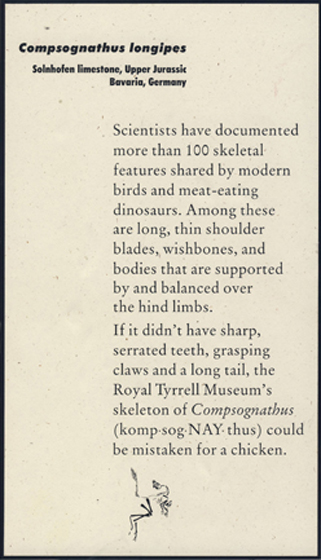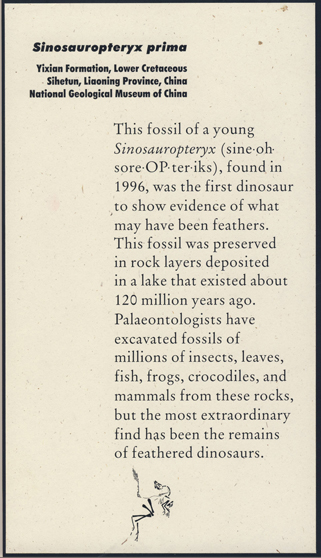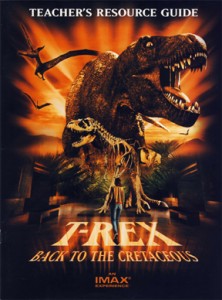Legacy: Alberta’s Heritage Magazine, May–June 1999—
It is a sudden thing and takes you by surprise. As you follow the long curve in Highway 9 northeast of Calgary, the immense, rolling prairie breaks on the left, opening into a narrow valley, worn by weather and softened by summer colours.
You have time only to glance before it is gone from sight.
The appearance of Horseshoe Canyon is so sudden and so unexpected, it rates as one of the most spectacular introductions to Alberta’s badlands. Seventeen kilometres east of Drumheller, Horseshoe Canyon is often a visitor’s first glimpse of this bizarre and haunting landscape.
A roadside recreation area was meant to accommodate those who stop to look, but tourists had overrun the adjacent field. Just a few years ago, the landowners were so frustrated with the damage, they considered selling the site to a golf course developer.
Along came Leila Nodwell. To change the Horseshoe Canyon experience, Nodwell and her son built and opened the Horseshoe Canyon Interpretive Centre in 1997. For one summer, they ran bus tours into the canyon on a leased half-section of land beyond the recreation area. What started out as a market for their family-built glacier tour buses turned into a passion and a dream for Nodwell. When the buses proved unviable, she remained, bewitched in a way, by the site’s eerie beauty. She committed to preserving and sharing it with visitors.
“It’s a very special place. These are the first badlands people encounter on their way out from the city, and they make such an impression. Ther was so much potential here for educating people, having them experience the badlands and making them care.”
Access to the land is free, but Nodwell provides additional opportunities for visitors to explore it and, in particular, given visitors who would otherwise be unable to experience the badlands the chance to travel within them.
“I love grandfathers who bring their grandchildren,” says Nodwell. “Many grandpas can’t walk into the canyon with the kids, but they can drive. And they can do something exciting and interesting together. It gives them adventure and something they can learn about together.”
The all-terrain buggies that visitors now drive into the canyon have been adapted by engineers especially for the site, have seats for eight people, and include an audio tour and printed information about points of interest along the way. Starting this summer, visitors can also sign up for guided hikes of the canyon. The preserve the area, Nodwell asks visitors to sign an agreement that they will not take anything form the site or damage the fragile badlands by driving buggies off-road or hiking off designated paths.
Preservation is one of Nodwell’s biggest concerns. Another is that nobody will listen or care. She faces everything from bureaucracy and red tape to the sometimes agonizingly slow process of developing awareness among local residents and visitors. She is exploring partnerships with like-minded agencies to help protect the site—the western chapter of the Nature Conservancy of Canada has expressed interest—and is even investigating World Heritage Site designation by the United Nations.
With little background in ecology, geology, or tourism management, Nodwell is learning as she goes. In three years, she has learned about prairies and badlands, their formation throughout geological history, and the plants and creatures that call them home. She has studied the human history of the area and is acquiring knowledge and experience necessary to manage and market a conservation and ecotourism venture.
Partnerships are a vital part of her strategy and the centre’s development. Near the interpretive centre stands a tipi made and painted by a family from southern Alberta’s Siksika Blackfoot Nation. Its presence highlights use of Horseshoe Canyon by First Nations peoples prior to settlement of the area—archaeological sites on Nodwell’s half-section include a quarry and a hearth. Shortly after the tipi was erected, Nodwell and the family discussed it and its paintings. The resulting booklet is a available in the interpretive centre.
“There is such a hunger, especially among European visitors, for this kind of information. I though this would be a great way to tell of them of the First Nations presence here. It is such an important story and needs to be told,” she says.
Other partnerships assist with returning the weedy turf on the edge of the canyon to its former prairie glory. With a horticultural acquaintance, Nodwell researched prairie plants and planted native wildflowers around the interpretive centre’s foundations. Last spring, an agriculturalist volunteered time and expertise to sprout native grass seed donated by a southern Alberta company. Nodwell planted thousands of blue grams, rough fescue, little bluestem, spear and wheat grass in demonstration plots around the building. The new plants thrive next to the strip of transplanted, unploughed sod that was salvaged from the edge of the canyon before construction crews arrived to build the facilities in early 1997. Where canola and thistles bloomed three years ago, native wildflowers and grasses are reappearing as the Dry Land Wild Flower and Natural Grasses Exhibit. Nodwell hopes to, in time, have the site look like it did a century ago.
“You know what I’d like?” she asks. “When the project is finished, I’d like the garden to be on par with Victoria’s Butchart Gardens and draw people from all over the world just to look at the prairie flowers and grasses. This place could be a real showcasefor native prairie landscaping.”
The Horseshoe Canyon Interpretive Centre project itself could be a showcase for what a dream and a little passion can accomplish. Nodwell has, almost singlehandedly, transformed a site threatened by a golf course and heedless sightseers into a place where visitors can experience and learn about an important part of southern Alberta’s landscape and history.









